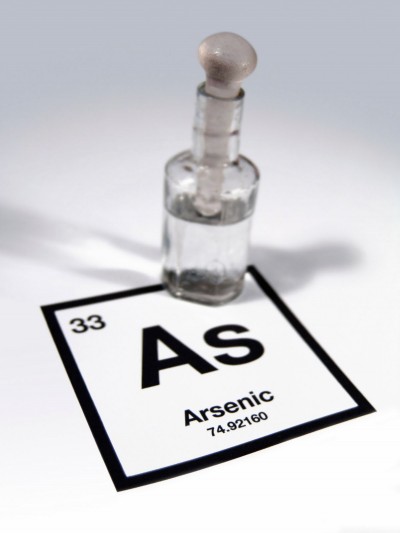How Politics Derailed EPA Science on Arsenic, Endangering Public Health
Delay keeps pesticides with arsenic on the market

MOUNT VERNON, Maine — Living in the lush, wooded countryside with fresh New England air, Wendy Brennan never imagined her family might be consuming poison every day.
But when she signed up for a research study offering a free T-shirt and a water-quality test, she was stunned to discover that her private well contained arsenic.
“My eldest daughter said … ‘You’re feeding us rat poison.’ I said, ‘Not really,’ but I guess essentially … that is what you’re doing. You’re poisoning your kids,” Brennan lamented in her thick Maine accent. “I felt bad for not knowing it.”
Brennan is not alone. Urine samples collected by the Centers for Disease Control and Prevention from volunteers reveal that most Americans regularly consume small amounts of arsenic. It’s not just in water; it’s also in some of the foods we eat and beverages we drink, such as rice, fruit juice, beer and wine.
Under orders from a Republican-controlled Congress, the Environmental Protection Agency in 2001 established a new drinking-water standard to try to limit people’s exposure to arsenic. But a growing body of research since then has raised questions about whether the standard is adequate.
The EPA has been prepared to say since 2008, based on its review of independent science, that arsenic is 17 times more potent as a carcinogen than the agency now reports. Women are especially vulnerable. Agency scientists calculated that if 100,000 women consumed the legal limit of arsenic every day, 730 of them would eventually get bladder or lung cancer from it.
After years of research and delays, the EPA was on the verge of making its findings official by 2012. Once the science was complete, the agency could review the drinking water standard.
But an investigation by the Center for Public Integrity found that one member of Congress effectively blocked the release of the EPA findings and any new regulations for years.

